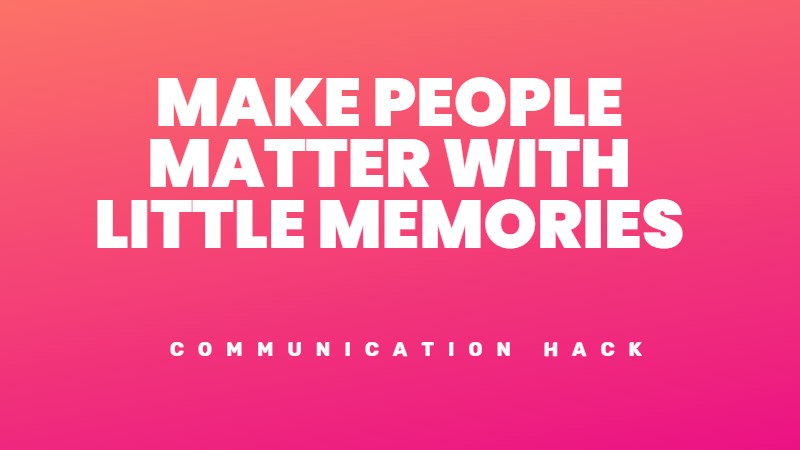Do thoughts like “I’ll never be good enough” or “I always mess up” run through your mind? These internal stories shape everything from your daily choices to your major life decisions.
What if you could break free from these false stories and create a truthful narrative that moves you forward?
Taking back control of your internal story
Every day, your brain creates stories to make sense of what happens to you. But many of these stories come from past wounds, societal messages, or moments of pain and not from your true capabilities.
When negative thoughts dictate your actions, they start a self-fulfilling cycle. You believe you’ll fail at public speaking, so you avoid opportunities. Your brain records this as proof that you “can’t handle” certain situations. The story gets stronger.
Breaking this cycle starts with recognising one powerful truth:
You can rewrite your stories.
How to flip your inner script
Your brain has written limiting stories, but you hold the pen now. This four-step process helps you transform those stories:
Real life examples
Career Growth
Relationships
Personal Growth
Why flipping the script works
This practice draws on cognitive reappraisal and your brain’s ability to see situations differently. Each time you notice a limiting story and flip it, you build new neural pathways.
You’re not ignoring your fears or pretending they don’t exist. You’re acknowledging them but choosing not to let them write your story anymore.
The strongest part of this approach is that you use real evidence from your own life. You’re not creating fantasy or empty affirmations. You’re uncovering truth that fear had buried.
Bottom line
Begin with one limiting belief that affects your daily life. Write it down. Create its opposite. Find three pieces of evidence that support your new story.
Read this new narrative daily for two weeks, adding evidence as you notice it. Watch how situations that once triggered your old story start to feel different.
Your life story isn’t set in stone. With each rewritten belief, you reclaim authority over your narrative and open doors to possibilities your old stories said were closed.




Leave feedback about this